- Published on
Quarantine Omakase at Kyōten
- Author
-

- Name
- owls
- Mastodon
- @owls@yshi.org
Chicago omakase restaurant Kyōten is doing private dining right now, so you get the whole place to yourself. Having considerable events to catch up on celebrating, we decided to go for it, being the safest dining-out option you can find.
When you do omakase, you can usually talk to the chef. I’ve always felt bad distracting them during service, since there’s a bunch of other folks there waiting to. This offered a unique opportunity to chat without any guilt!
Chef Otto Phan told us about how he got started with a sushi truck (!) in Texas, before deciding he wanted to move to the big city and ended up in Chicago. Sous chef Jose made occasional appearances from the kitchen, much to our delight — he had picked the playlist and we were into it.
We arrived something like half an hour early. Maître d’ Emily hooked us up with some highballs in the lobby while we waited for them to finish getting ready inside.
-
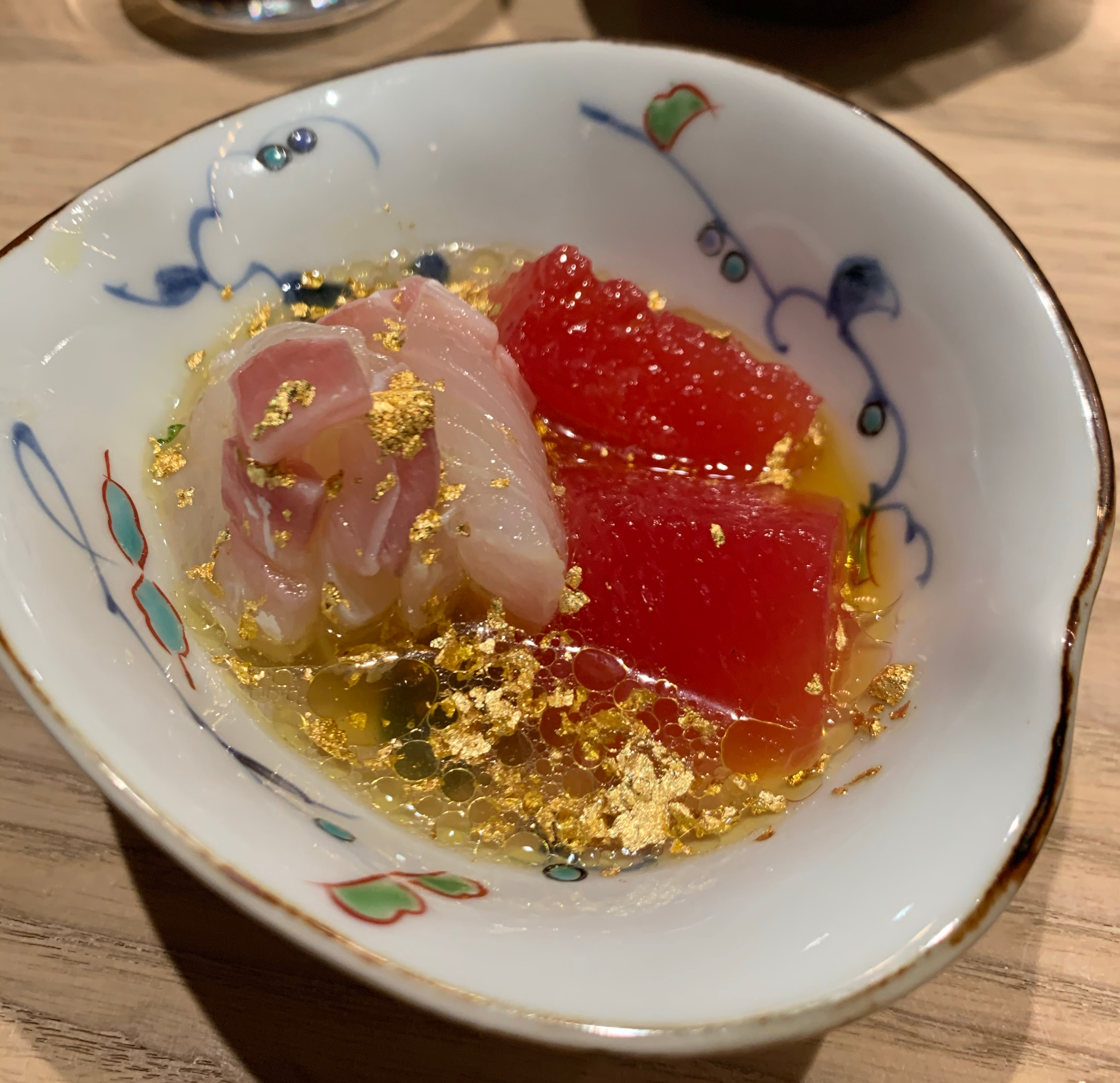
Snapper (madai) & Watermelon, in a watermelon/basil broth with gold (because why not?)
-
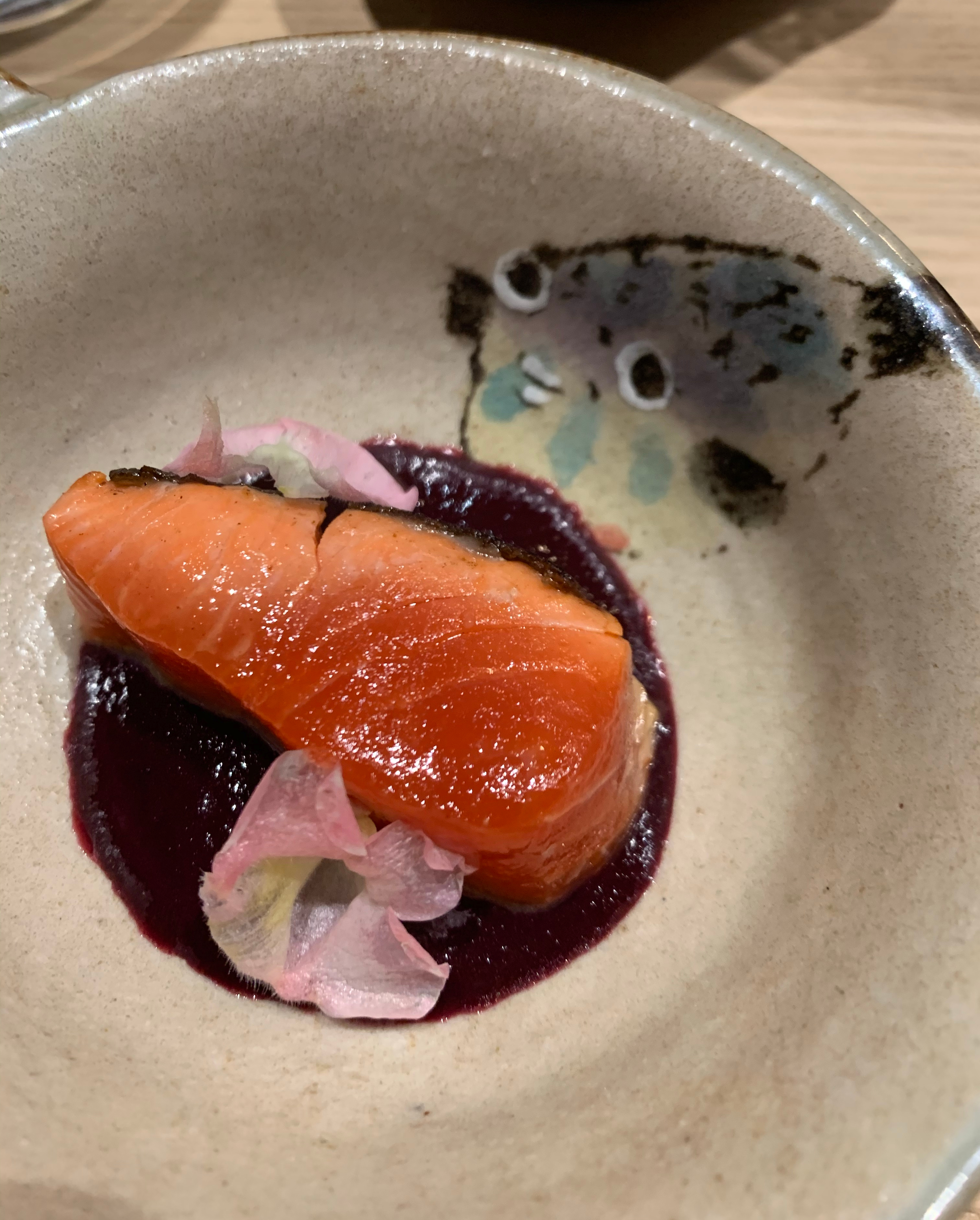
Sockeye Salmon & Huckleberry Sauce
-

Fish that Knows Not Time (toki shirazu)
-
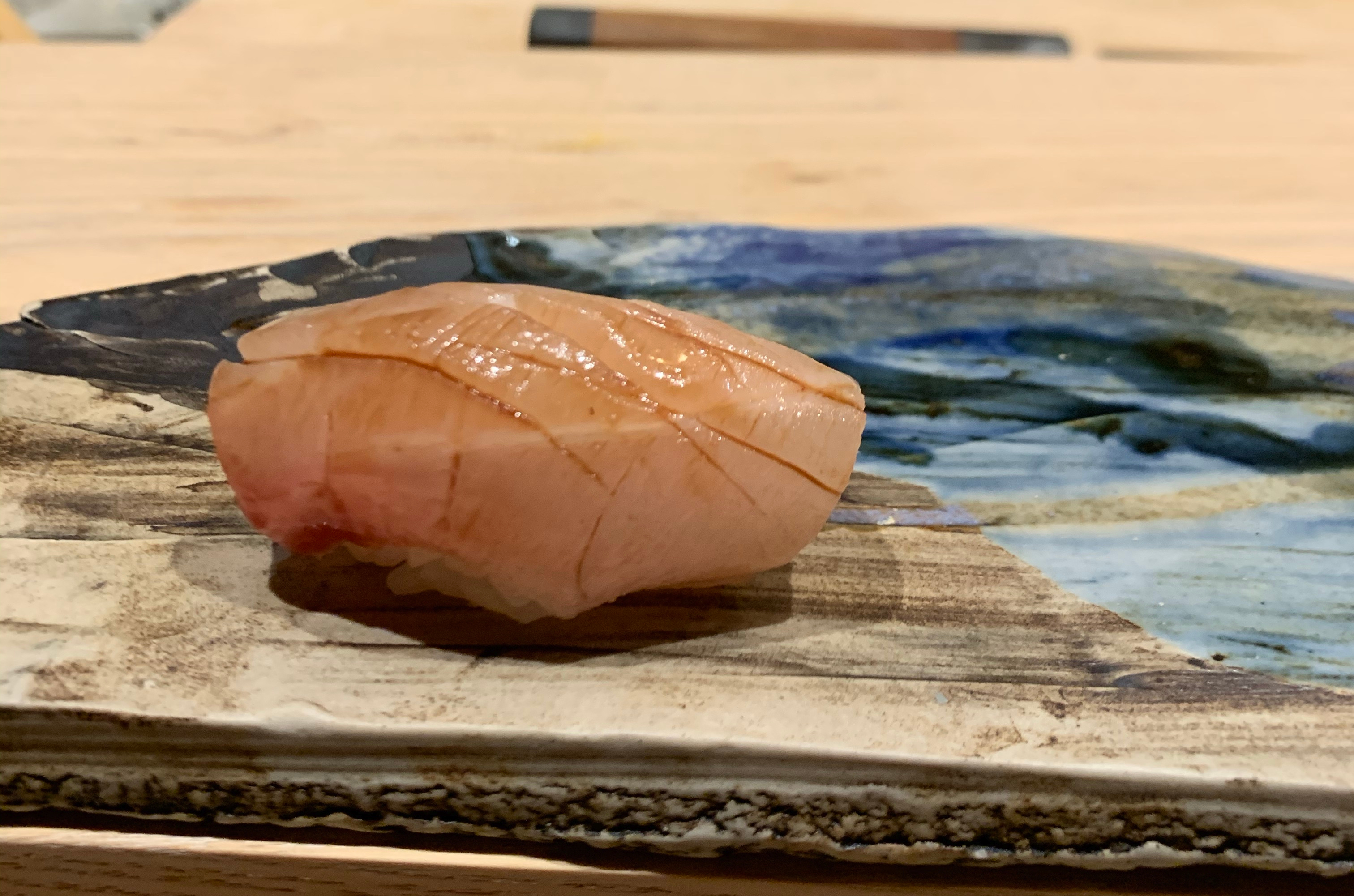
Bluenose (medai)
-

Lean Tuna (akami)
-
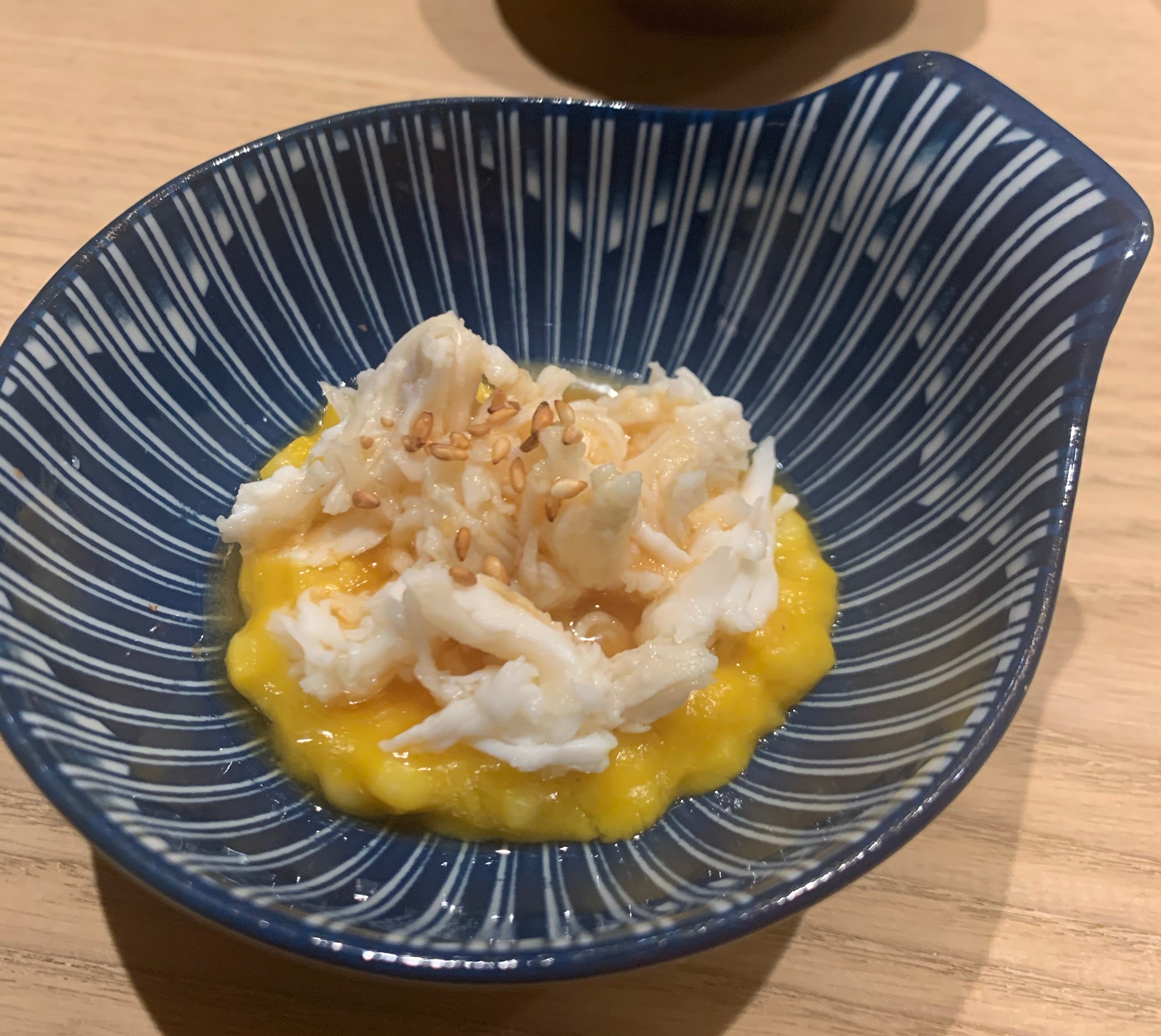
King Crab & Corn
-

Lean Tuna (akami)
-
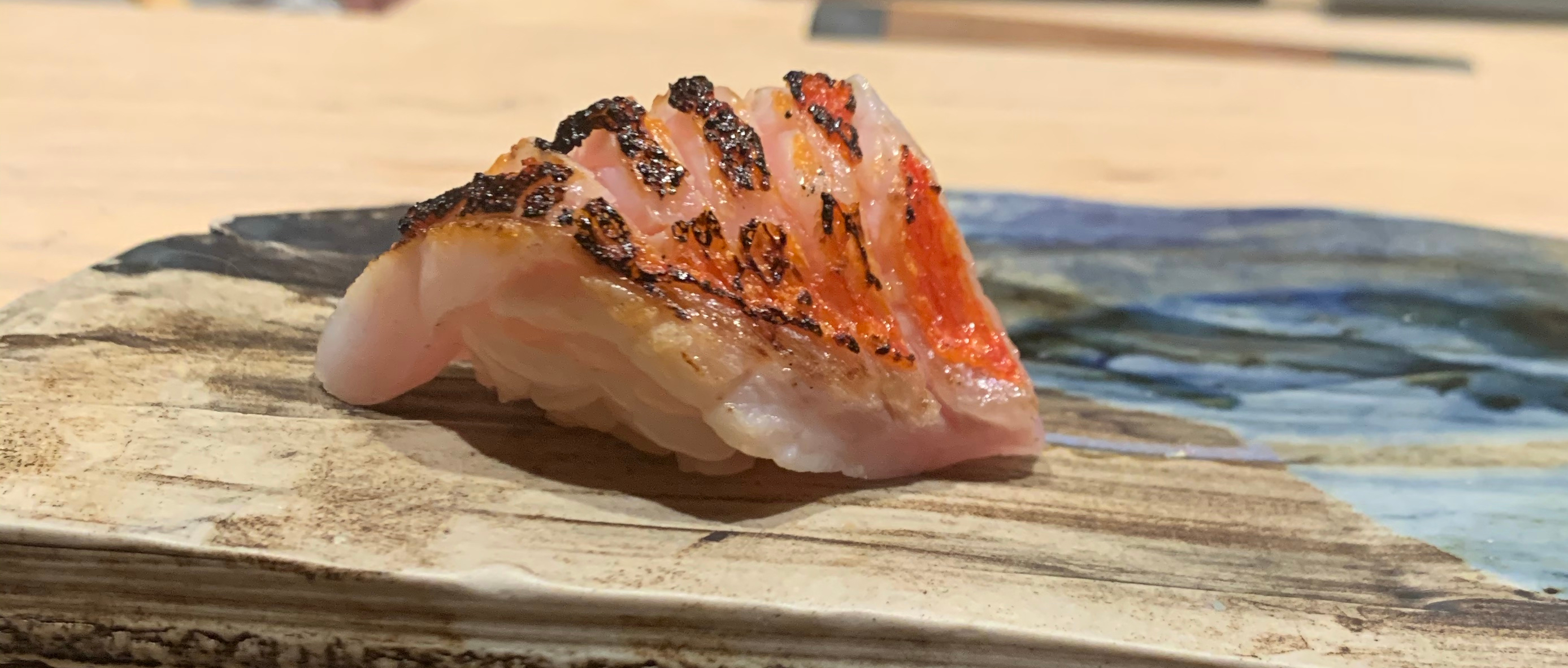
Splendid alfonsino (kinmadai), with crisped-up skin
-
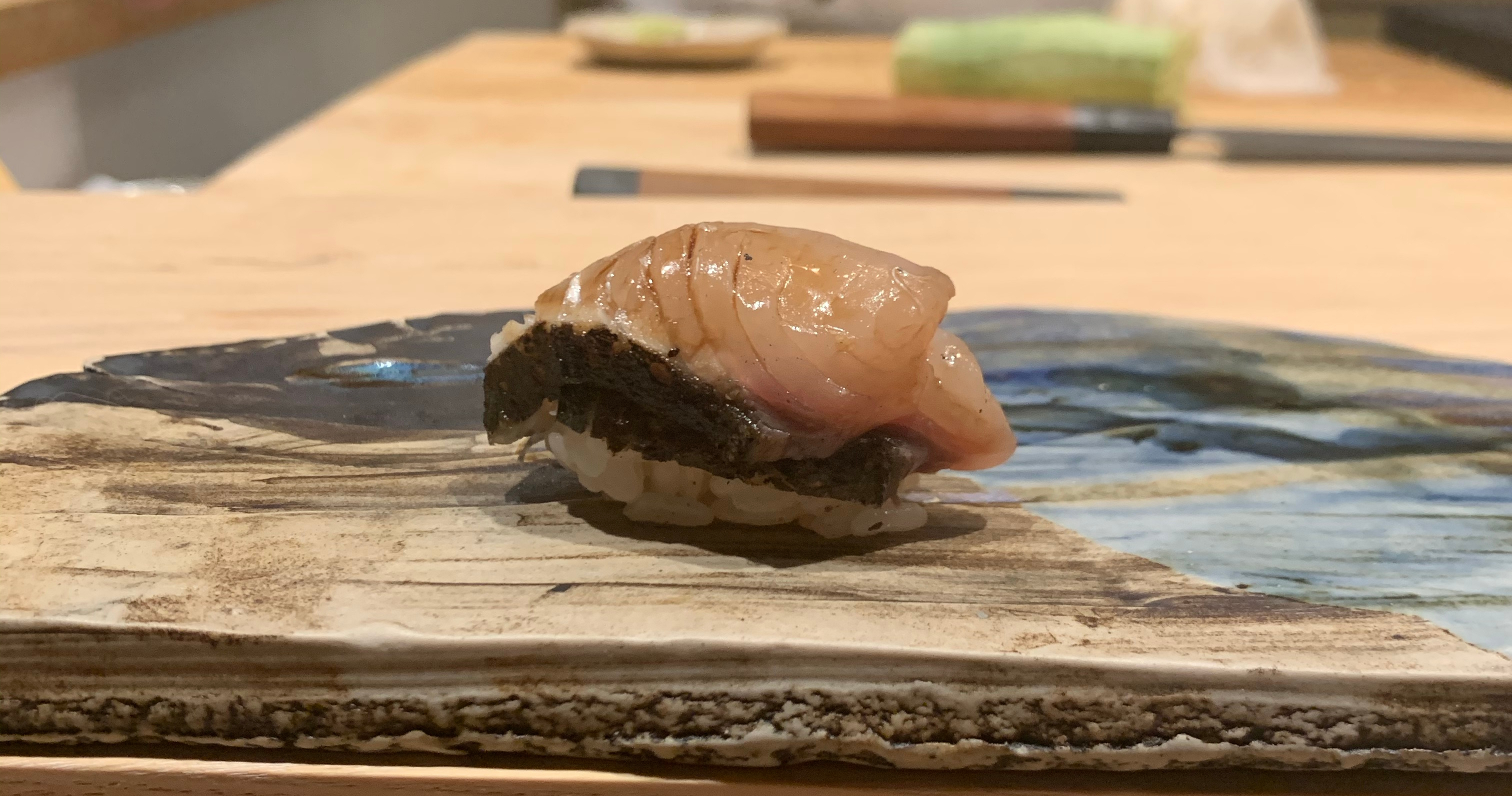
Mackerel (sagoshi)
-
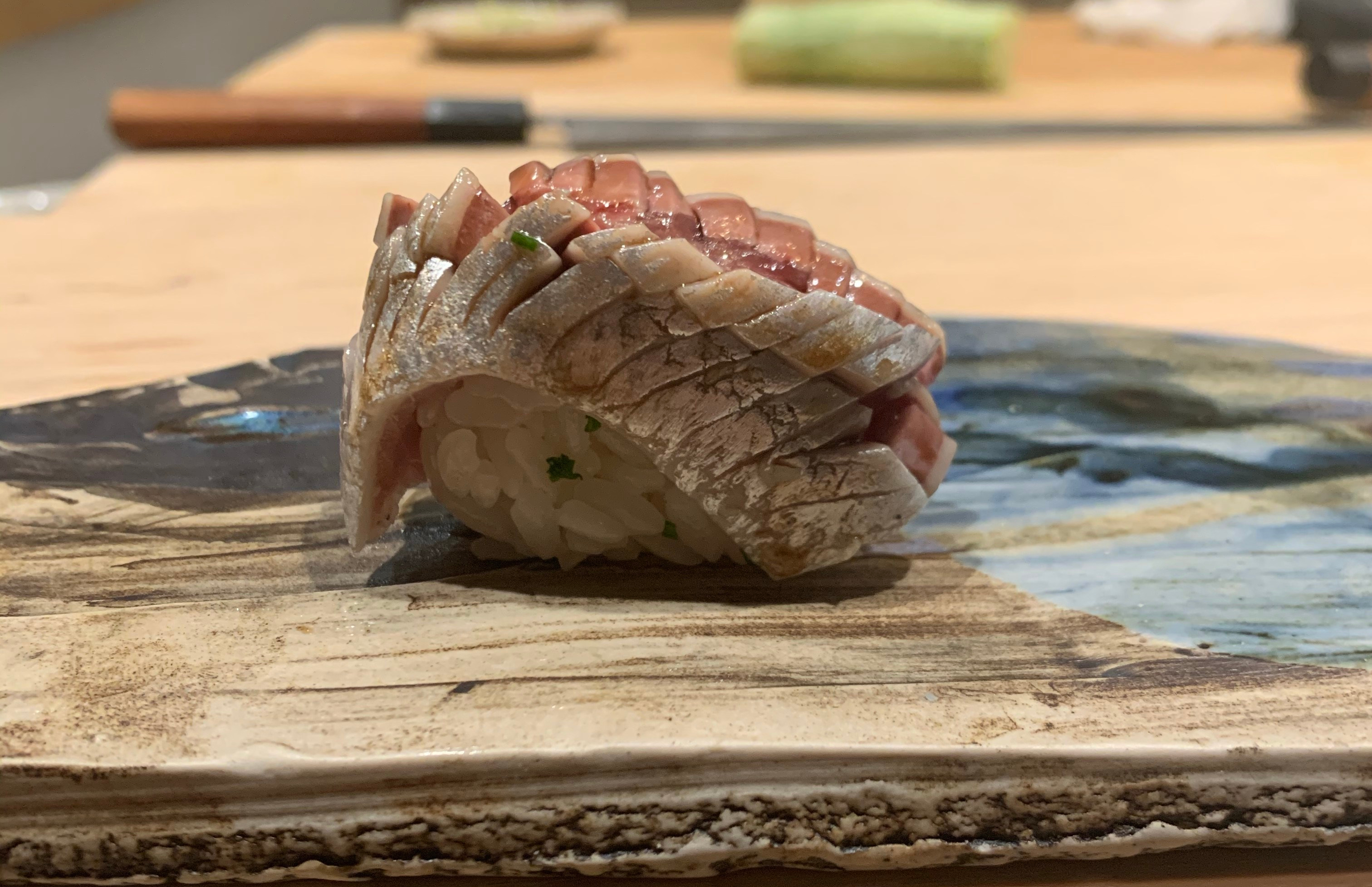
Sardine (iwashi), flayed so it looks like a hedgehog 🦔
-
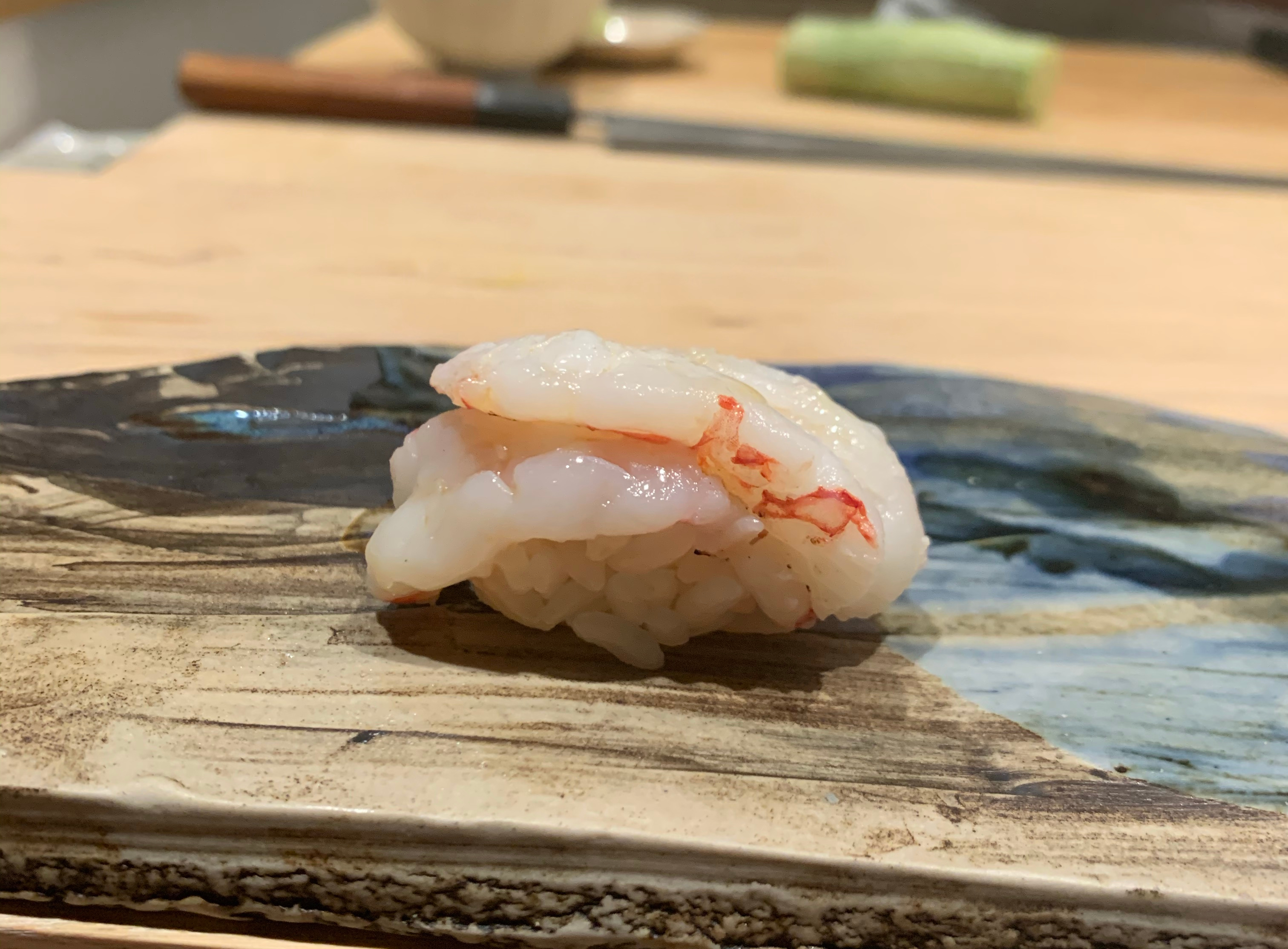
Shrimp (ebi)
-

Pureed Pees & Rice
-
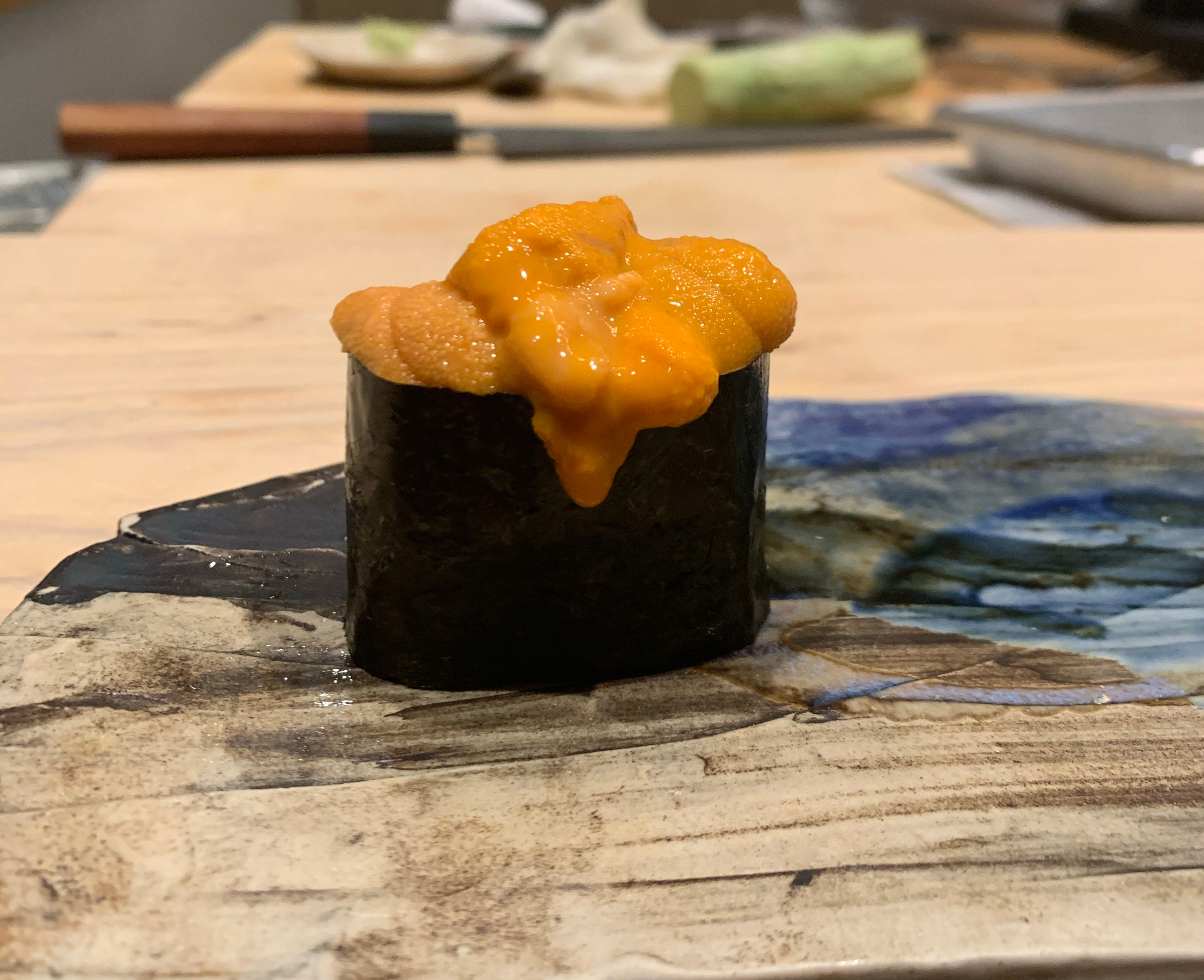
Sea Urchin (uni) with uni sauce
-
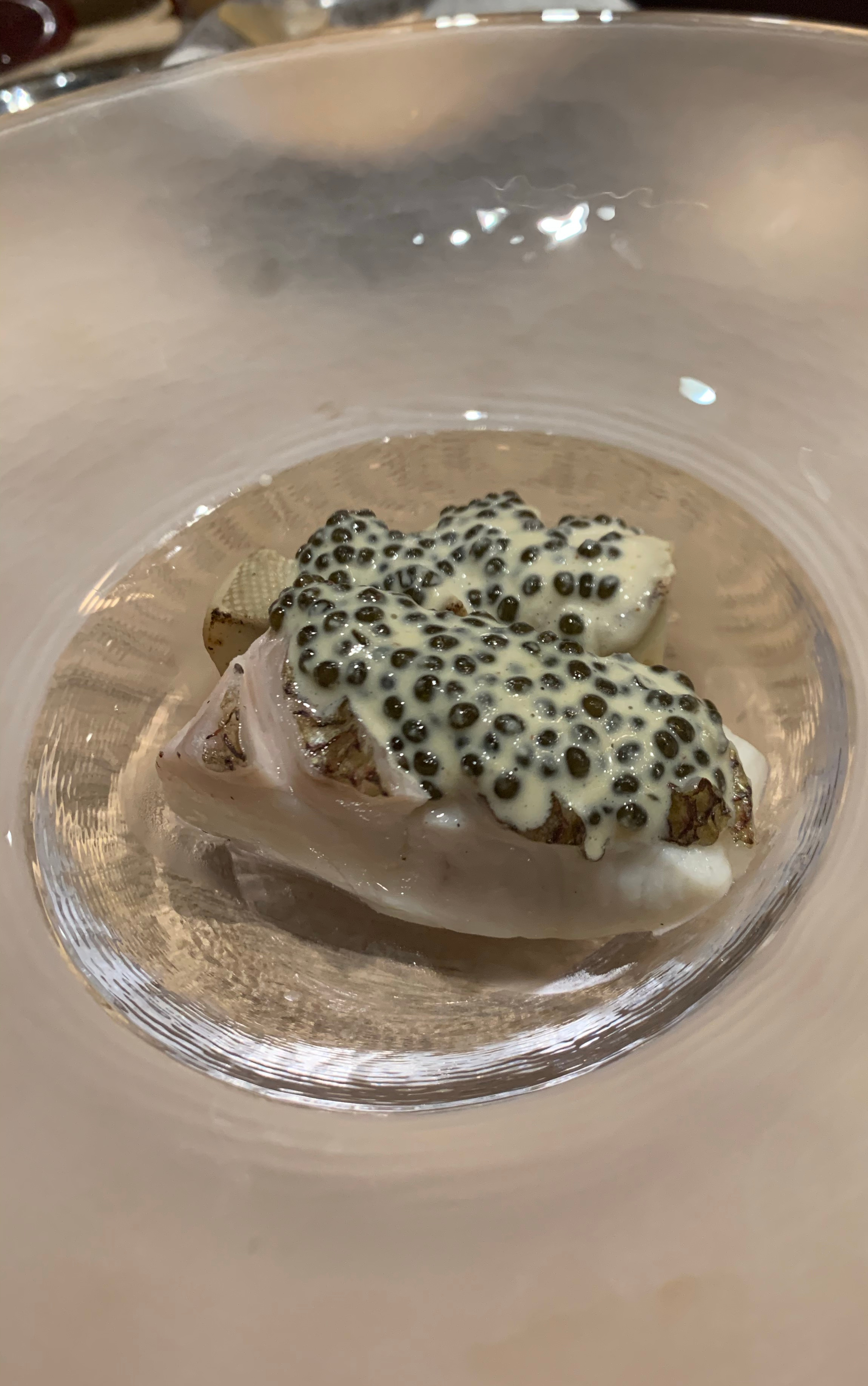
Caviar served atop tilefish with puffed scales
-

Blackthroat Seaperch (nodogoro) with a bit of abalone on the left side, dressed with shirmp brain sauce
-
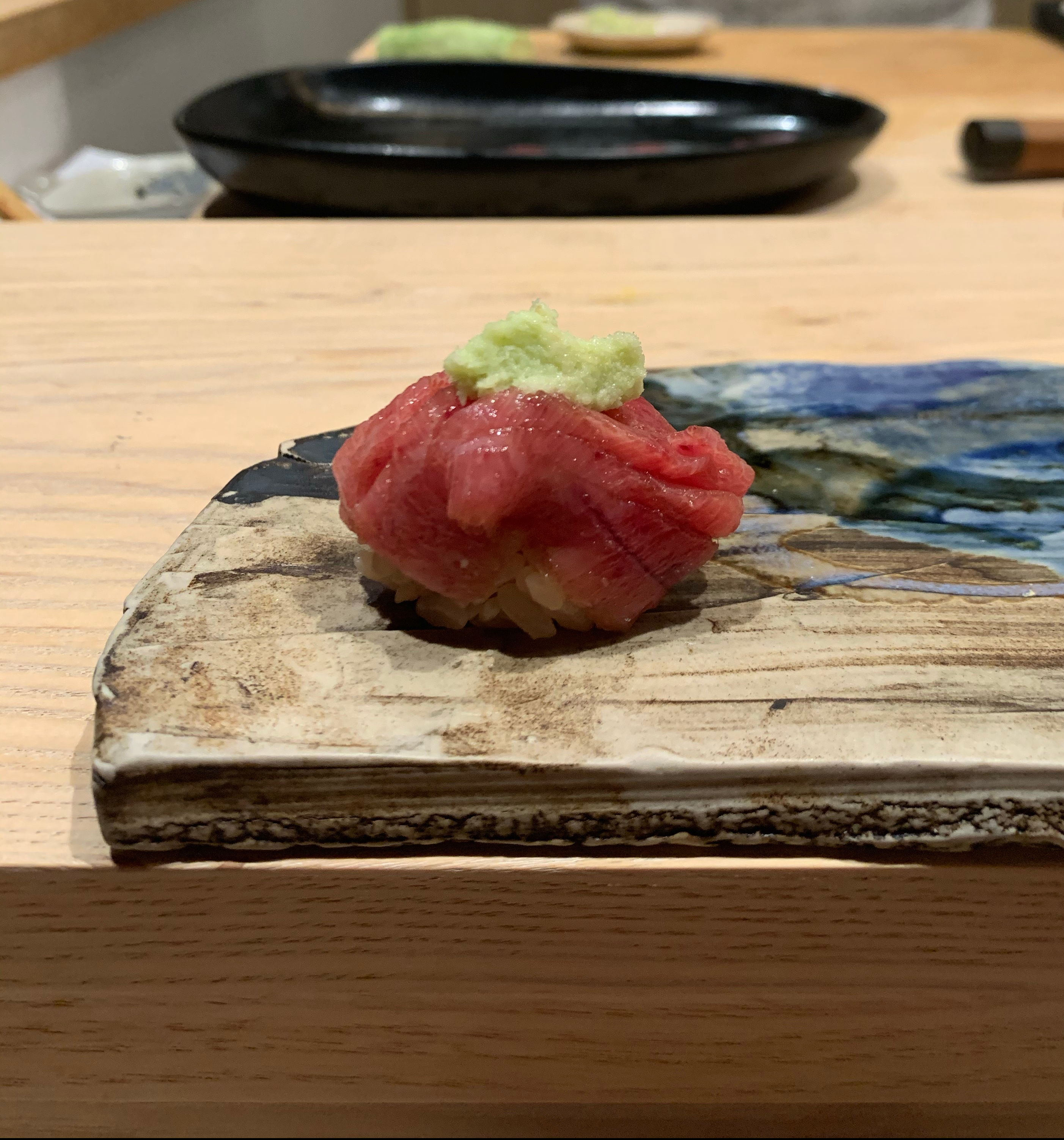
Fatty Tuna (toro)
-
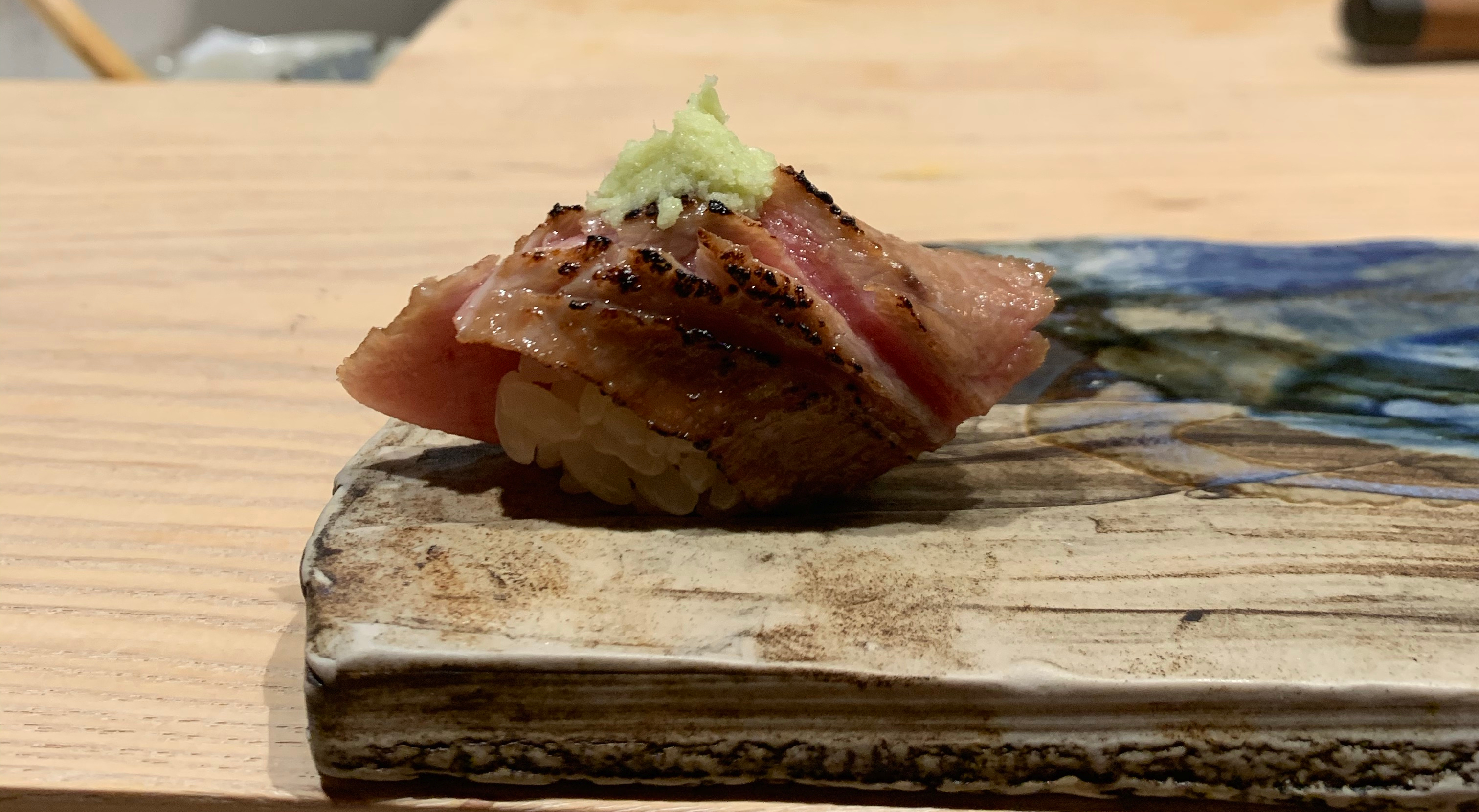
Grilled Fatty Tuna (toro)
-

Seared Waygu Beef
-
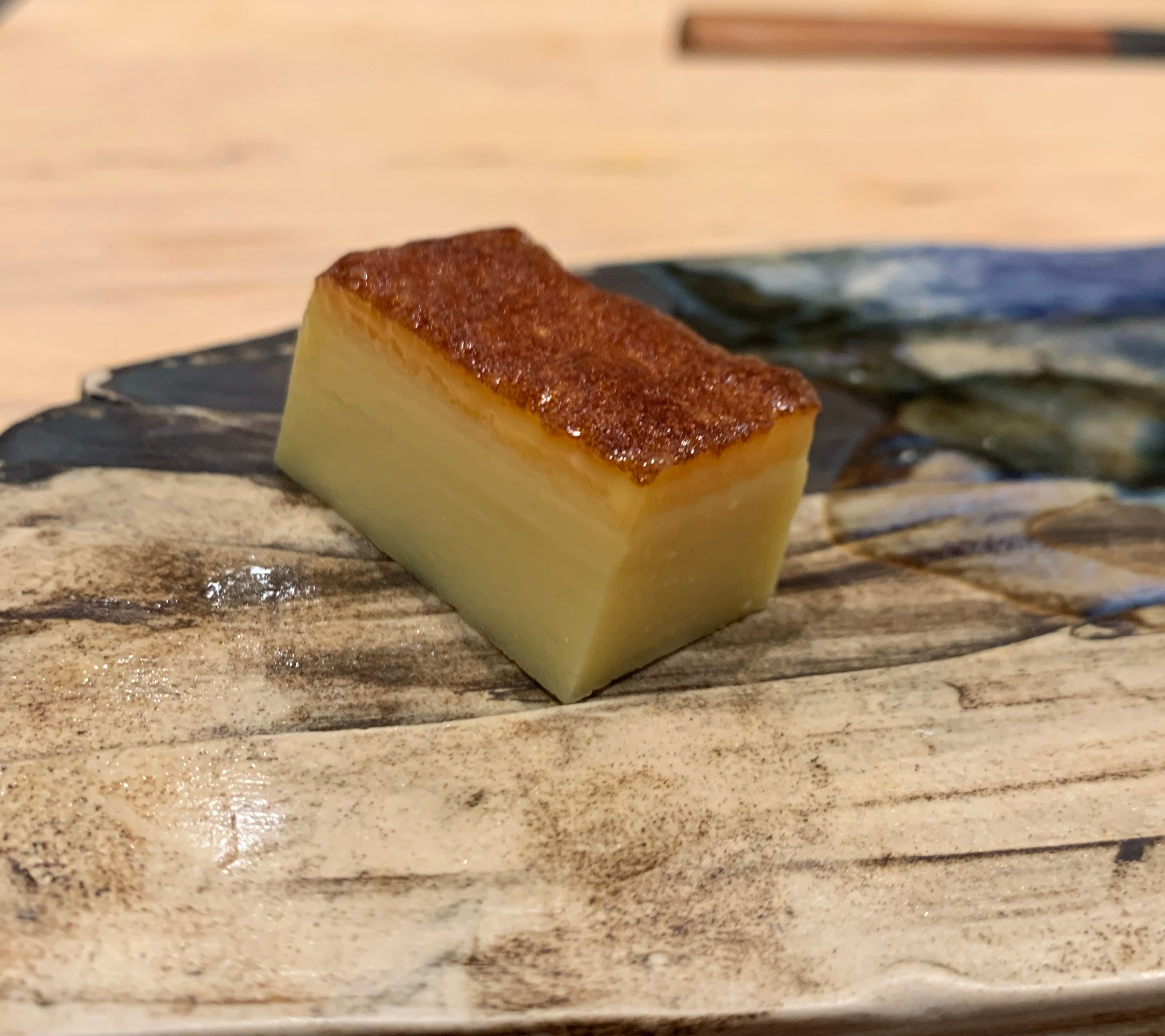
Omelette (tamago)
-
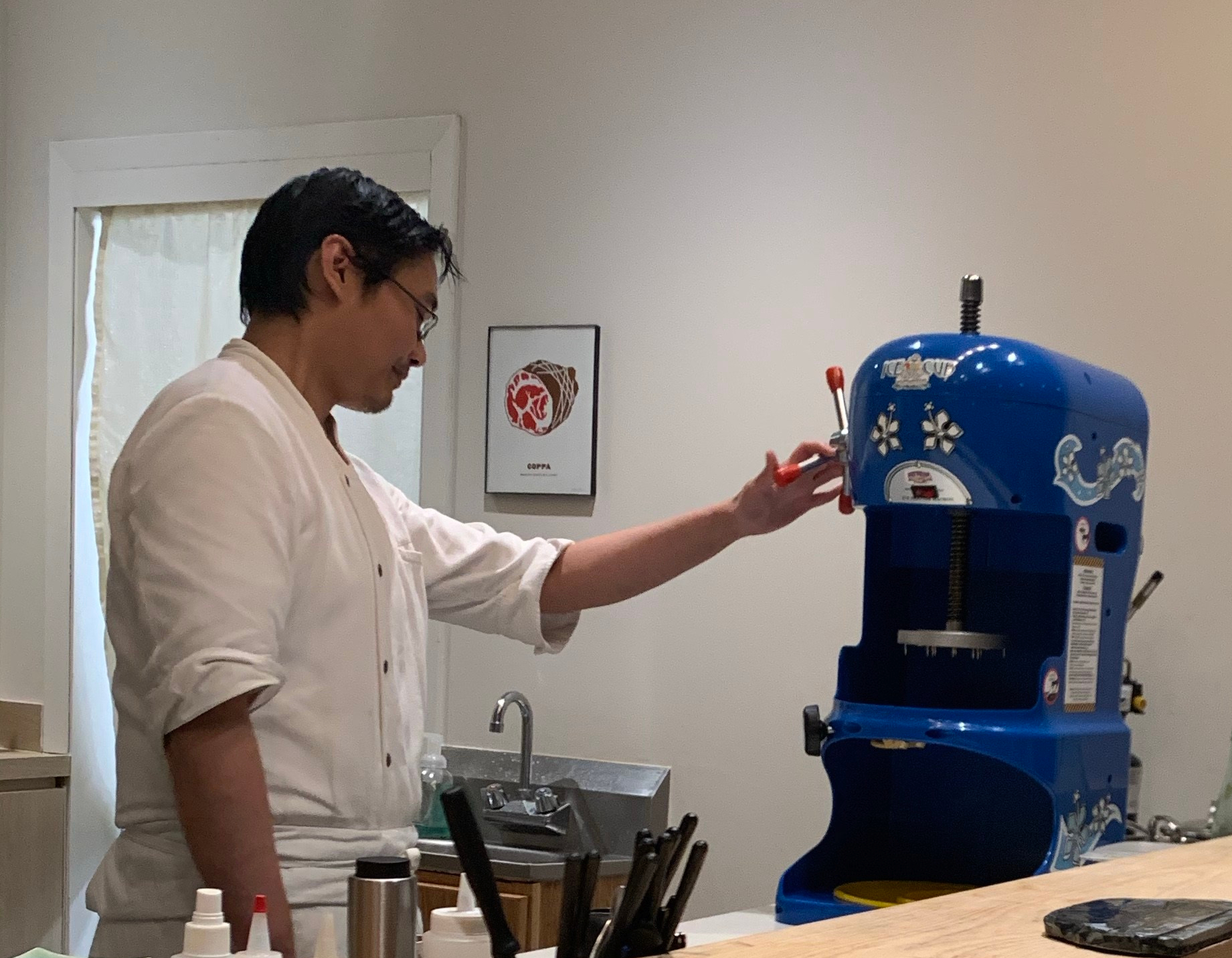
Chef Otto Phan preparing to shave some ice
-
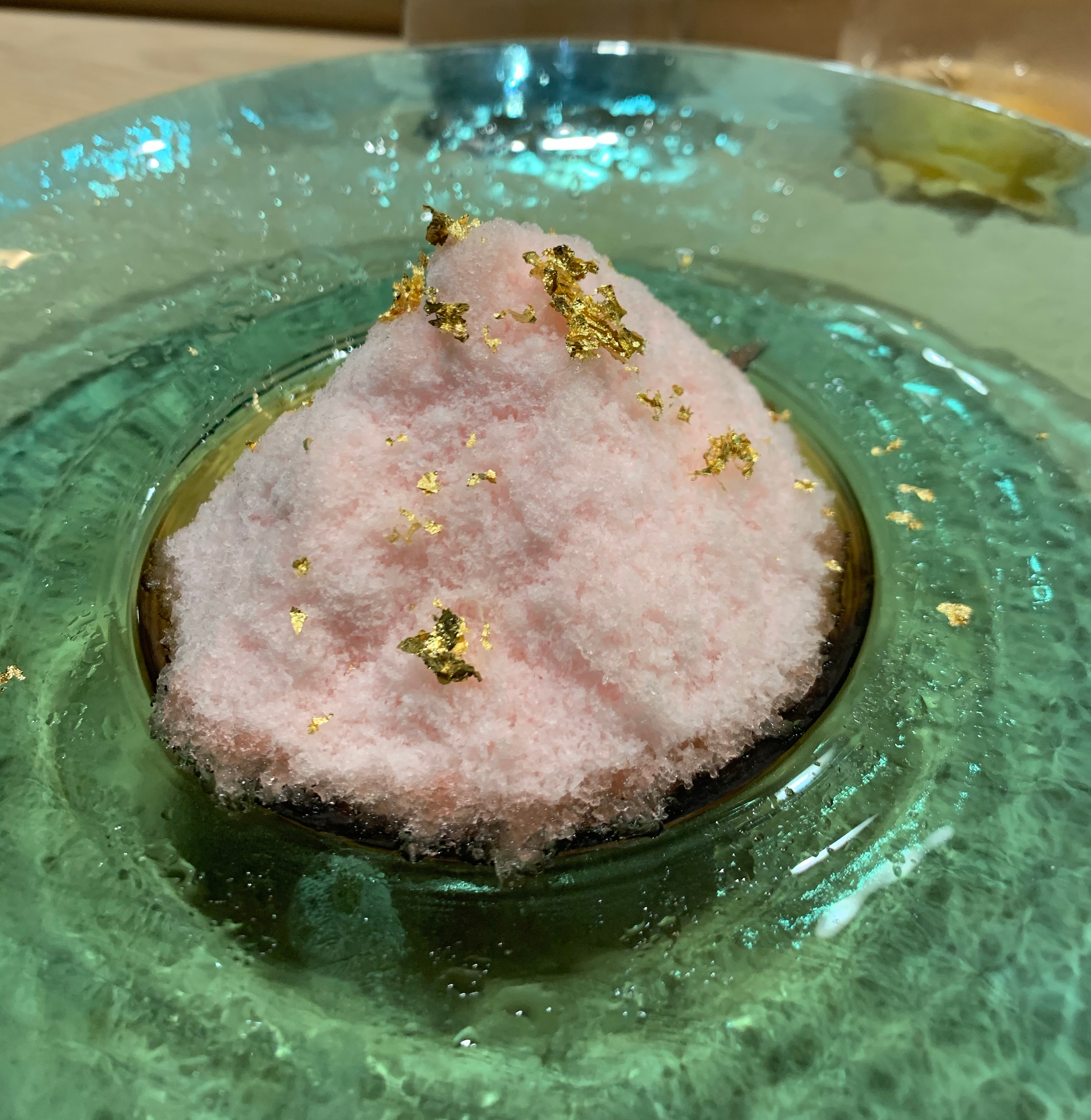
Strawberry shaved ice atop basil ice cream (kakigōri)
I didn’t take notes as I went unfortunately, so I don’t have my tasting notes for every item. I neglected to take a picture of the dish between the beef & tamato: some delicious eel.
The uni used was unusual. It’s usually arrayed in a big wooden box; Kyōten’s came in small containers packed in salt water. It seemed richer than the stuff I’m used to, but that may have been because it was topped in a sauce made from uni.
And speaking of sauces: the nodogoro. Who would have thought shrimp brains could be so delicious? It sounded like a pain in the ass to harvest; chef played it off like it was as easy as sucking a crawfish head (which I don’t usually do, but…maybe I will from now on?).
I don’t remember what type of caviar we had, but that wasn’t the most interesting part of that course — the fish it was served atop was. I think it was tilefish. When the sous chef brought it out of the kitchen, I thought it had a panko topping or something. Turns out, tilefish scales behave like popcorn when heated. So that was cool.
The toki shirazu was cool. It translates as a fish that “knows not time”. This is an individual salmon that doesn’t care about the changing of the seasons, so it never heads up a river to spawn. The result is visible in the flesh: that piece of salmon lacks the typical thick white bands of fat.
The rice requires mention. They use a type of rice I’ve never encountered before. From their website:
Shari (sushi rice) plays a central role in our sushi philosophy. Kyōten uses a very special and exclusive varietal of rice from Japan called Inochi no Ichi, the first (and currently only) restaurant in the US to use this paricular grain. Our shari is boldly seasoned with the intense taste of aged red vinegar. Different rice recipes are used so that they pair fittingly with different kinds of fish.
Kyōten Website About Page, Retrieved 2020-08-13
I did a drink pairing. Chef had chosen eight sakes & wines to go with the meal. Once again, I regret not taking notes as I went, but I do remember a couple notable things!
The lambrusco, a lightly sparkling red, was something new to me. The Ancient Treasure served with dessert was like a dark chocolate. I’m not all that well-versed in sake, but that’s not something I’d seen in a sake before.
The Tokaji was a real treat, mostly because I didn’t know this was a real thing. If you are familiar with The Golden Compass: the Master of Jordan College poisoned the tokay (another spelling of tokaji) intended for Lord Asriel in the opening scene. This was very much a dessert wine, but it wasn’t as overpowering and heavy as one of my other favorites with a similar taste.
-
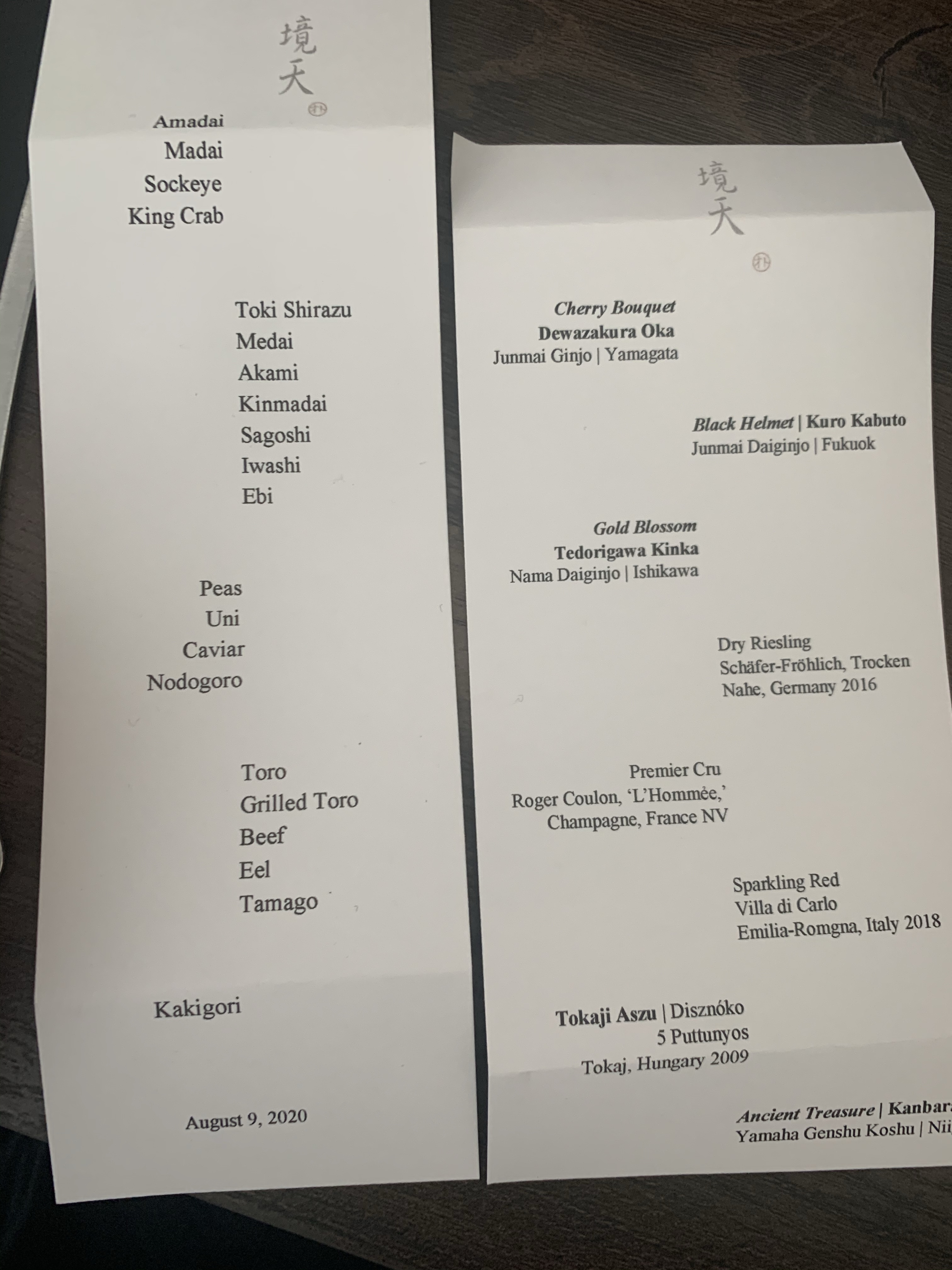
The omakase & drink pairing menus
As with many high-end restaurants, Kyōten gave us a box to take home and enjoy for breakfast the next morning. It was a mystery box. When I took the ribbon off and opened it on Monday morning, it was revealed to be a yachae kimbap — a Korean vegetarian sushi roll, made with their inochi no ichi rice, some pickled vegetables, and tamago. A splendid breakfast!
-
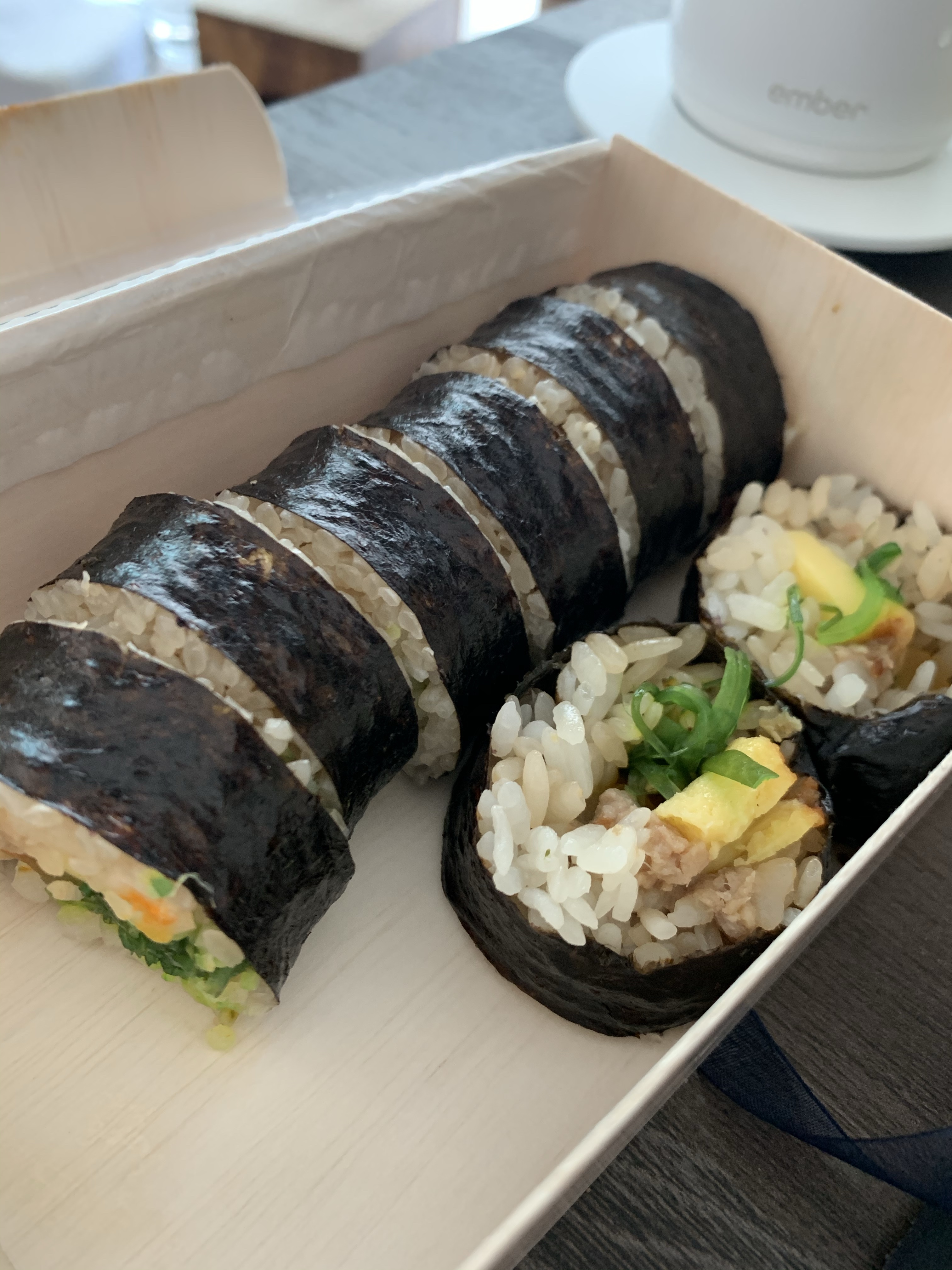
Yachae Kimbap